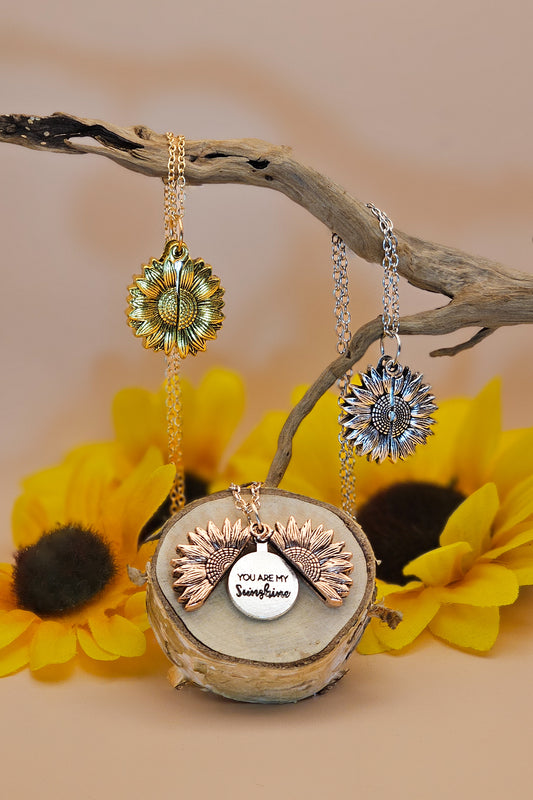FUN HISTORICAL BEE FACTS
On Mondays we’ll explore some historical facts about bees, beekeeping, honey and the like. As long as there is a bee tie-in we’re happy to include it here.
Also, we use the word “facts” lightly because some of the information presented may or may not be fact, even though it was believed at the time. The word “historical” also refers to mythological, legendary, fable and other ancient stories, and ways to impart knowledge down through time.
We encourage you to share your own historical bee stories with us on our Facebook page. Our beloved readers live all around the world, and there are many legends and wise stories everywhere, so let’s pull it together here for all to read.
If you enjoy this first installment, please look for more tidbits every Monday until further notice…
Bees are ancient creatures.
 The oldest pictures to emerge so far that show working beekeepers removing honeycomb from hives and blowing smoke to sedate bees, date from 2422 BCE in the Old Kingdom of Ancient Egypt.
The oldest pictures to emerge so far that show working beekeepers removing honeycomb from hives and blowing smoke to sedate bees, date from 2422 BCE in the Old Kingdom of Ancient Egypt.
Bees are often associated with The Sun, and in fact the stone bas-relief that was found in 1900 at Abu Ghurab in Lower Egypt was at the Niuserre Temple of the Sun.
Although this is early evidence of organized beekeeping, by 1500 BCE it appears that beekeeping in Egypt was taking place on quite a wide spread organized scale.
Lower Egypt was the centralized beekeeping hub, because it had an abundance of flowering plants and wild flowers such as chamomile, cornflowers, flax, clover, roses and wild celery. These crops thrived on the irrigated plains by the Nile River delta plain, which flooded every year, and the rich silt produced lush crops.
of flowering plants and wild flowers such as chamomile, cornflowers, flax, clover, roses and wild celery. These crops thrived on the irrigated plains by the Nile River delta plain, which flooded every year, and the rich silt produced lush crops.
These people made the bee a symbol of their country, which gives us an indication of how important the bee was to them and their culture.
This is not the only place in Egypt where beekeeping and the collection of honey was memorialized in the form of hieroglyphics, tombs and drawings.
FUN FACT & MYSTERY:
Honey is a natural preservative, and bacteria can't grow in it. Honey was found in Egyptian tombs, and even after thousands of years it was still edible. It was used as both a sweetener, an offering to the gods, and as an ingredient in embalming fluids.
It is easy to see why it was considered to be the food of the gods and immortals.
We will explore more historical Egyptian bee facts in another blog post soon.








